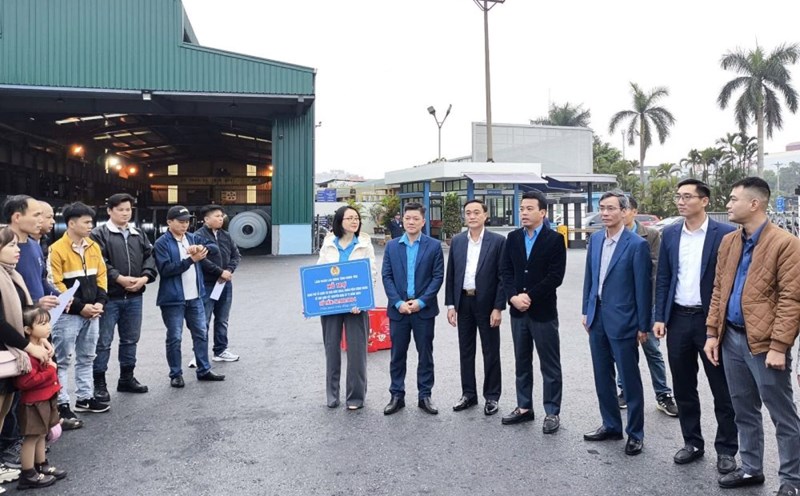The tragic accident occurred at 2:10 a.m. on July 25 in Ha Tinh - where a sleeper bus suddenly lost control, crashed into a landmark and overturned on National Highway 1 - killing 10 people, leaving a lasting obsession for anyone who witnessed it. It is not the first time an overnight bus trip has ended in mourning and if there is no fundamental solution, this will not be the last time.
In Vietnam, night sleeper buses have long been a familiar means of transport for millions of people. Cheap, convenient and time-saving - that is the reason why many people choose trips departing when the city is lit up and ending when it is still foggy. But it is during that golden hour of sleep that disaster lurks most.
According to statistics from the National Traffic Safety Committee, the rate of traffic accidents occurring at night accounts for 60% of the total number of cases, in which the group of long-distance passenger buses is one of the vehicles with many potential risks. The most common cause is loss of control due to driver drowsiness, reduced reflexes and handling of situations.
The overturned car in Ha Tinh has many factors that need to be carefully investigated, but in the eyes of the people - the burning question is still: Why do night trips still often encounter such tragedy?
Driving long distances, especially at night, is a stressful job that requires absolute alertness. But in reality, many drivers have to work at high intensity, continuously for many consecutive days, lacking proper rest time. There are even cases where drivers only sleep for a few hours a day to continue driving all night - while passengers still sleep peacefully, confidently leaving all their lives to the driver.
A medical study shows that: Just 2-3 hours of lack of sleep in 24 hours increases the risk of traffic accidents by 3 times. If the driver does not get enough sleep for many days, the brain will fall into a state of stagnation, prolonged fatigue, and is prone to "msomnia" - that is, lightning sleep for a few seconds without realizing it. On the highway, just a second of sleep is enough to cause disaster.
It is easy to blame the driver, but the problem does not stop at the individual. The operating mechanism of many transport businesses today still exists in the situation of "running by the clock", maximizing trips and minimizing rest time. Not to mention, some bus companies book trips or give bonuses based on revenue, invisibly putting heavy pressure on the shoulders of steering wheel owners.
The Road Traffic Law clearly stipulates the working hours of drivers, but the supervision of implementation still has many limitations. The journey monitoring device can record speed and location data, but cannot measure the level of fatigue or driver's self-consciousness to rest. When management efficiency is still loose, accidents are predictable.
Although the investigation of the incident continues and there is no official conclusion, more than ever, the accident in Ha Tinh is a strong warning. Authorities need to review the operating process of night buses, tighten the continuous working hours of drivers, increase compulsory rest stops along national highways, especially night stops with standard short accommodation.
No one could have imagined that a bus trip back to their hometown, back to their family after a day of making a living, would be their last trip. But if we do not look straight at the truth that: "Sleepping on the stomach is a silent assassin behind the steering wheel", news like "10 people died due to overturning a passenger bus" will not stop on a Saturday morning.










